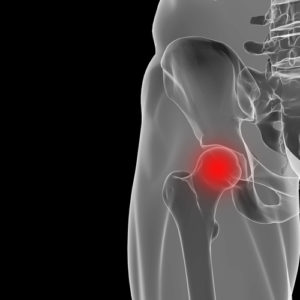Background: Predicting which patients with hip osteoarthritis are more likely to show disease progression is important for healthcare professionals. Therefore, the aim of this review was to assess which factors are predictive of progression in patients with hip osteoarthritis.
Methods: literature search was made up until 14 March 2019. Included were cohort and case-control studies evaluating the association between factors and progression (either clinical, radiological, or THR). Excluded were studies with a follow-up < 1 year or specific underlying pathologies of osteoarthritis. Risk of bias was assessed using the QUIPS tool. A best-evidence synthesis was conducted.
Results: We included 57 articles describing 154 different factors. Of these, a best-evidence synthesis was possible for 103 factors, separately for clinical and radiological progression, and progression to total hip replacement. We found strong evidence for more clinical progression in patients with comorbidity and more progression to total hip replacement for a higher Kellgren and Lawrence grade, superior or (supero) lateral femoral head migration, and subchondral sclerosis. Strong evidence for no association was found regarding clinical progression for gender, social support, pain medication, quality of life, and limited range of motion of internal rotation or external rotation. Also, strong evidence for no association was found regarding radiological progression for the markers CTX-I, COMP, NTX-I, PINP, and PIIINP and regarding progression to total hip replacement for body mass index.
Conclusion: Strong evidence suggested that 4 factors were predictive of progression of hip osteoarthritis, whereas 12 factors were not predictive of progression. Evidence for most of the reported factors was either limited or conflicting.

